What Your Poop is Trying to Tell You | Chart Included
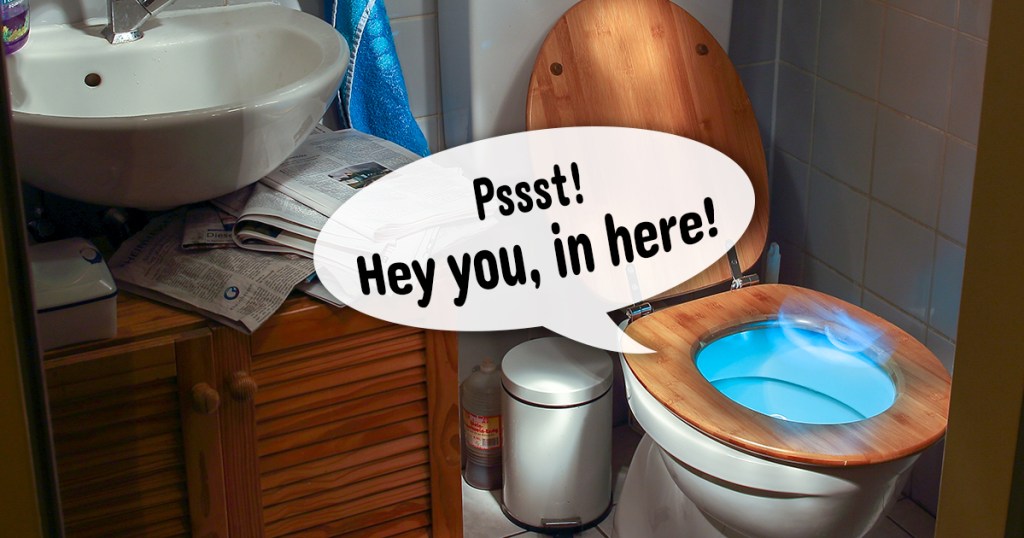
It might sound a bit strange, but there may be a message waiting for you in your toilet, and it’s coming from your poop! You can learn a lot from the appearance based on its shape, color, and the frequency in which those indicators occur.
Curious what you could find out? Well thanks to the Bristol Stool Chart used by many doctors, there are seven types of bowel movements that tell the story of what could be happening in your gut.
Our Take On The Bristol Stool Chart
Type 1: Separate hard lumps
What this could mean: Constipated
This type might be slightly hard to pass. It’s likely a sign that you’re constipated but you may want to see a doctor if this lasts more than a couple of weeks.
Type 2: Lumpy, sausage-like
What this could mean: Slightly constipated
Not the worst thing in the world, but it might take longer than normal to push out. Drink more water to help get things moving back there.
Type 3: Sausage like with cracks in the surface
What this could mean: Normal
Most common shape and easy to pass. This is a very normal bowel movement.
Type 4: Smooth, snake-like
What this could mean: Normal
This is the ideal shape and signifies a completely healthy poop. Shoot for this type of movement every 1-3 days.
Type 5: Soft blobs with clear-cut edges
What this could mean: Lacking fiber
Relatively easy to pass but might have some sense of urgency behind it. It should firm up on its own in a couple of days.
Type 6: Mushy consistency with ragged edges
What this could mean: Inflammation
You’ll want to drink more fluids and add electrolytes as you’re slightly dehydrated. Fruit juice and soup should do the trick.
Type 7: Liquid consistency with no solid pieces
What this could mean: Inflammation & constipated
Check for additional signs of dehydration, like dry mouth, sleepiness, headaches, or if you have severe stomach pains and/or fever. See your doctor if this lasts more than 3 days.
Color Scale of Stool

Light/Yellow
Could be caused by:
- too much fat
- trouble absorbing nutrients
- a side effect of certain medications
- a clogged bile duct
If this persists for a few days, you’ll want to check in with your doctor.
Green
Could be caused by:
- consumption of lots of green vegetables
- food moving through your digestive tract faster than it can be broken down
It’s pretty normal, but shouldn’t be an everyday occurrence.
Brown
This means your poop is perfectly normal! Brown stools are ideal, and probably what you’re most used to seeing. Your stool turns brown as a result of all your food mixing together as you digest, along with some bile to help it process.
Black
Could be caused by:
- an iron supplement
- an active ingredient in stomach medicines
- eating lots of black licorice
If none of the above apply to you, check in with your doctor.
Red
Could be caused by:
- eating red food coloring or red-colored medicine
- blood in the large intestine
- a scratch in the rectum
- hemorrhoids
If you find your stool is red, you’ll likely want to contact your doctor as it can be a sign of more serious issues.
Want to keep this information handy?
Download our printable to keep in your bathroom to reference at any time!
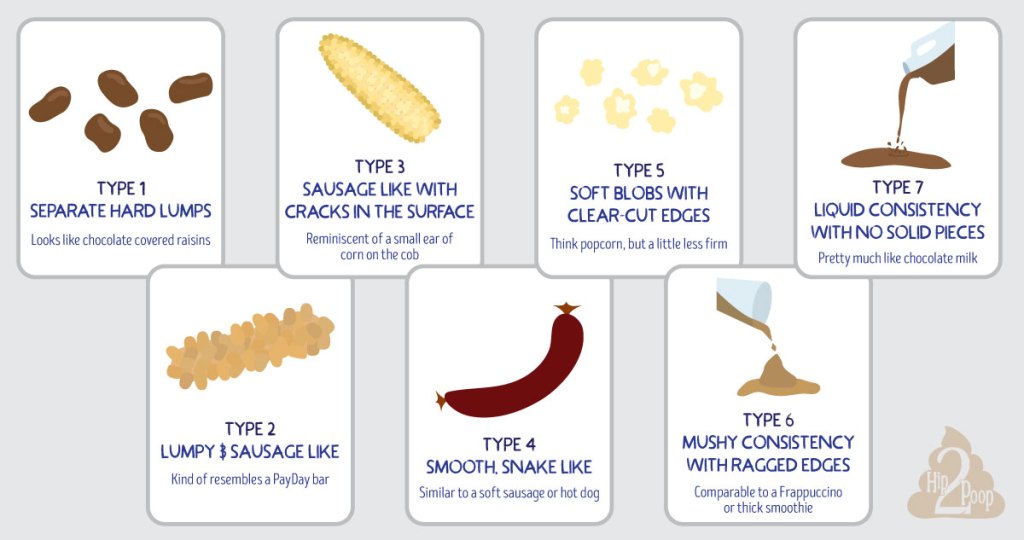
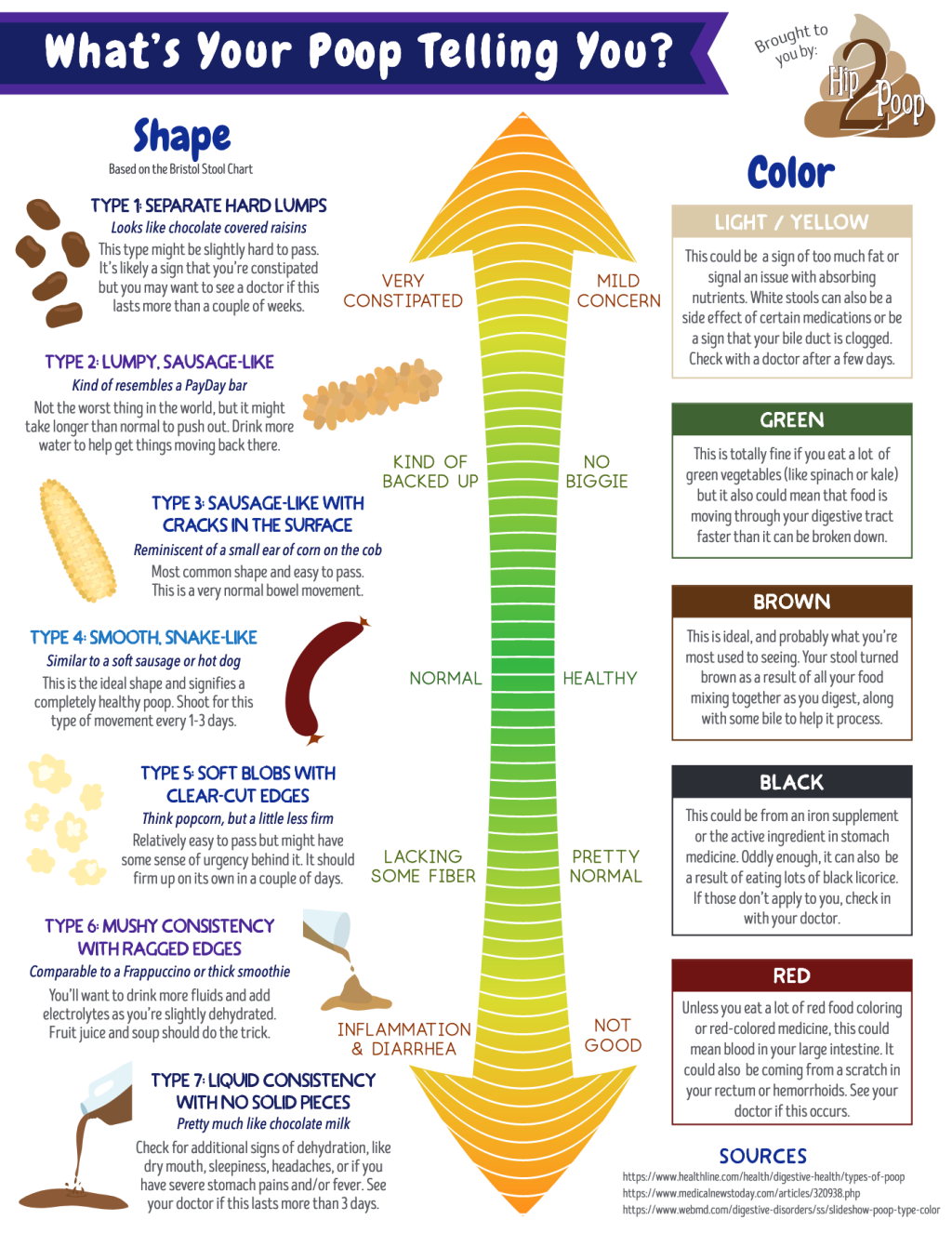


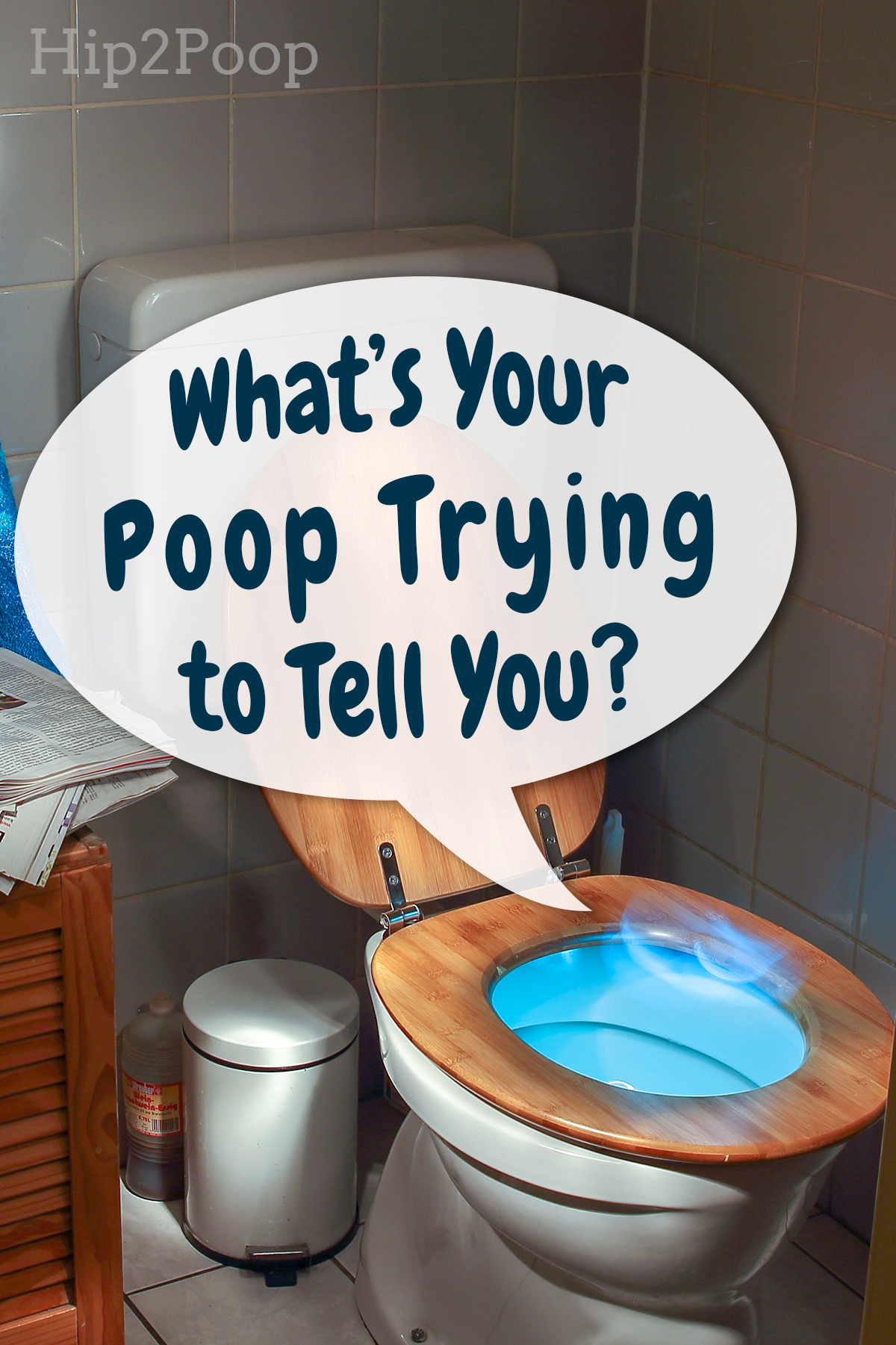
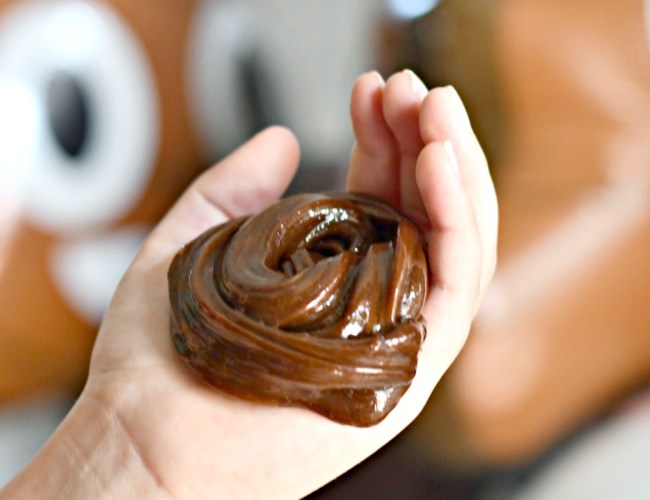
Haha! This is actually really useful information 🙂
This is really helpful info! Love the new site!
Yay! That’s great to hear, Tammy! Thanks for the kind comment! We sure appreciate it!
We use this chart regularly for our son with neurogenic bowel due to a birth defect (Spina Bifida).
Wow! This is very valuable information. Thanks!
You are SO welcome!
I was actually looking this up just a few days ago – your chart is much better than the one I found, thanks!!!!
Oh good! You’re welcome, Barb! SO glad this was helpful!